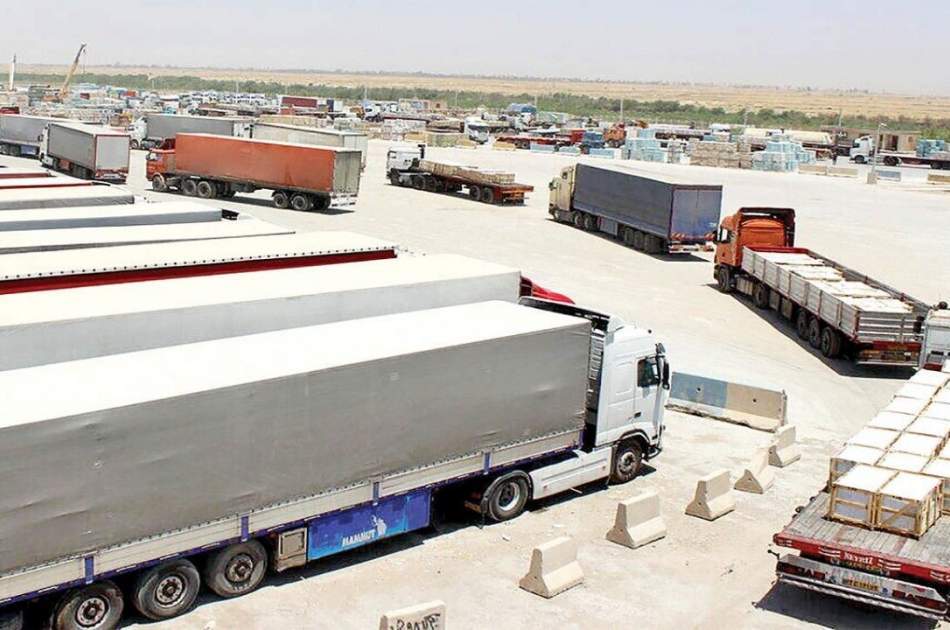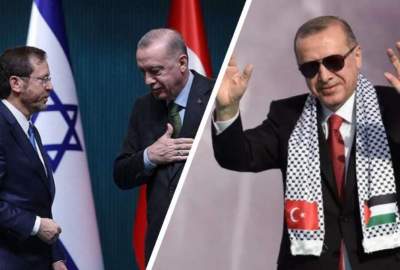Iran's non-oil exports to Afghanistan reached more than $1.7 billion in the first six months of this year, a 31 percent increase over the same period last year, said Hossein Roraei, Iran's trade adviser to Afghanistan.
Publish dateSunday 3 November 2024 - 21:45
Story Code : 299892
Afghan Voice Agency (AVA) - Tehran: Iranian trade adviser to Afghanistan Hossein Roraei said in an interview on Sunday that Iran's non-oil exports to Afghanistan in the first six months of the year amounted to more than $1.7 billion. This is a 31 percent increase compared to the same period last year.
The value of Iran's non-oil exports to Afghanistan in the first six months of the year increased by $254 million and the weight increased by 559,000 tons, the total value of Iran's non-oil exports to Afghanistan in the first six months of the year, IRNA reported. The annual figure reached $1.70 billion and 2 million 523 thousand tons in weight, an increase of 28 percent in weight compared to the same period last year.
He said: light oils and petroleum products, petroleum gases, iron and steel ingots, polyethylene compound, chicken eggs and edible eggs, woven non-velvet flooring, urea, light and heavy hydrocarbons, cement, aluminum foil, premium foam, eggplant, tiles and ceramics, paste, apples, polyethylene, powdered milk, petroleum bitumen and agricultural tractors were the most important export items to Afghanistan during the period under review.
Iran's trade advisor in Afghanistan added that the country's imports from Afghanistan in the first six months of this year reached more than $33 million compared to the same period last year, representing a 192 percent increase in value and 598 percent in weight. give.
He said barley production increased by $7.9 million, corn by $3.7 million, non-alloyed iron or steel products in the form of scrolls by $8.4 million, and other plants used in the perfume industry. With an increase of $722,000, sunflower seeds increased by $170,000, peanuts increased by $490,000 and turmeric increased by $393,000.
According to him, barley, corn, iron or steel products in the form of scrolls, cocoa butter substitute oil, other plants used in the perfume industry, sunflower seeds, spinach, peanuts, other dried fruits, peppers, green mushrooms, eggs Sesame, turmeric, other live animals such as sheep and cereals are the most important items imported from Afghanistan during the period under review.
According to official Iranian customs statistics, Afghanistan is currently the fifth largest destination for Iranian exports.
The average customs value per ton of Iranian exports to Afghanistan in the first six months of the year was more than $424, an increase of more than $9 per ton compared to the same period of the year ($415), indicating that the export of goods with more value added to Afghanistan in the period under review.
Economic relations between the two countries have been expanding over the past three years.
The movement of official and economic-trade delegations between the provinces of the two countries, especially Tehran and Kabul, the holding of a special exhibition of Iranian export capabilities in Kabul, the holding of the Islamic Republic of Iran exhibition simultaneously with the Abu Hanifa exhibition and the dispatch of more than 30 trade and exhibition delegations from Afghanistan to Iran has strengthened economic relations in the past two years.
Iran's non-oil exports to Afghanistan have resumed since the beginning of the year after a pause in the early political developments in Kabul.
This is while, given Iran's export capacity assessment, as well as the good knowledge of Afghan people and businessmen of the good quality and competitive prices of Iranian products and goods and the confidence that has been created, along with similar consumer tastes and needs of the Afghan market (even in the field of car supply, industrial machinery and production lines, medicines and medical equipment and equipping the agricultural sector with new systems), the necessary conditions have been provided to increase the volume of trade between the two countries to five billion dollars in the short term (up to two years).
Also, during Mullah Baradar's recent visit to the Islamic Republic of Iran, while signing several important trade agreements, a new horizon was opened in economic relations between the two countries.
avapress.net/vdci33arrt1a3v2.ilct.html
Top hits







